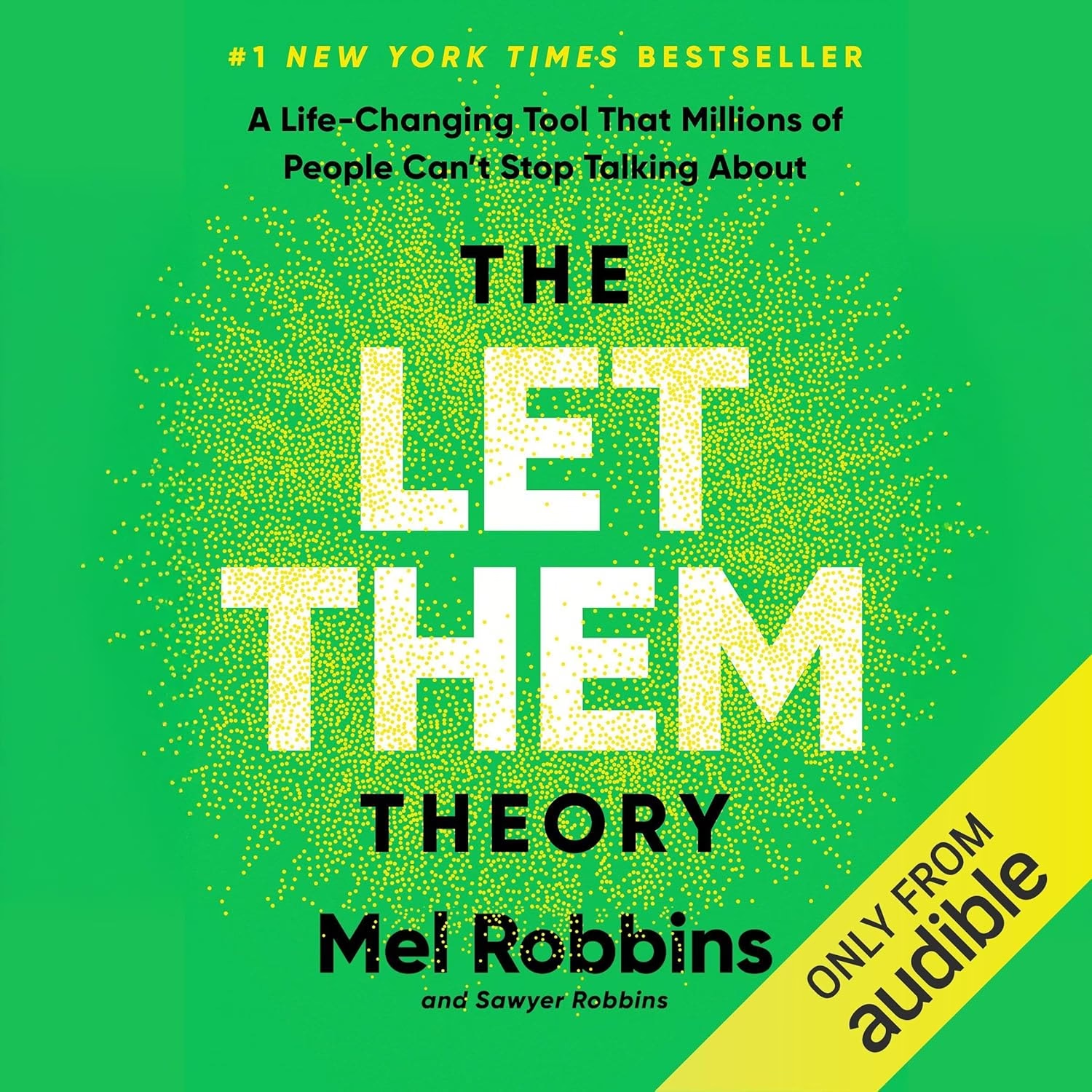When I think of culinary adventure, my mind wanders to trying a new type of cheese, baking dough that actually has to rise, or eating at a restaurant lauded by a magazine columnist. When Chris Kimball thinks of culinary adventure, he takes it a step further, going so far as to create an authentic 12-course Victorian meal in his own home! He took on the challenge to create this meal, and wrote about it in Fannie’s Last Supper: Re-Creating One Amazing Meal from Fannie Farmer’s 1896 Cookbook. The entire effort is also documented in a PBS documentary, and on the website with recipes and photos.
Kimball’s approach to the story of creating the meal is fascinating in unexpected ways; he ruminates on food history, researches technique and food sources, and regales the reader with the planning and execution of his glorious feast. He is amusing, clever, sarcastic, and thoroughly entertaining. His writing style flows through a variety of experiences, with a wry sense of humor, often causing me to laugh out loud, especially when he described how some of the old recipes turned out.
Mr. Kimball is a foodie going way back. He is the founder, editor, and publisher of Cook’s Illustrated and Cook’s Country magazines. He also hosts the television show, America’s Test Kitchen, and has published a variety of recipe books.
The “Fannie” of Fannie’s Last Supper is the one and only Fannie Farmer — cooking teacher and cookbook author from the late 18th & early 19th centuries. This book is as much the story of an amazing feast as it is a biography of this controversial and fascinating woman who brought new techniques and methods of cooking into the homes of America during an age when the world was changing rapidly. She was a successful businesswoman, with an eye toward the science and health of cooking.
When Kimball and his wife purchased an old “bow-front townhouse” in Boston in the mid-1990’s, they decided to refurbish the kitchen in the original Victorian style, complete with an authentic coal cookstove. A fascination with the history of cooking led Kimball to experiment with original preparation methods for foods of the times. Fannie Farmer’s cookbook from 1896 included a 12-course menu that Kimball used as the basis for his “Last Supper.”
Kimball introduces us to the history of home food cooking trends in Boston in the 18th and 19th centuries. He brings in fascinating trivia about the development of culinary arts, including the history of the Boston waterfront and how the shipping industry impacted the city in the early 18th century, how changes in availability of domestic help impacted the American kitchen, and the challenges of food preparation before modern conveniences. These aren’t subjects I thought I was particularly interested in but, in the capable hands of Chris Kimball, the history takes on relevance and lends itself to the appreciation of good food and food preparation.
I’d have a hard time choosing my favorite stories from the book, as it incorporates so many surprising tidbits of information, from a very funny synopsis of how and why it is important to delicately remove the brains from a calf’s head when making turtle soup, to anecdotes of social and culinary clubs of Boston’s past. Kimball explains cooking techniques, from larding to daubing, barding and rendering. He even reviews a history of the development of cookbooks. He discusses famous chefs from America’s past as well as modern day culinary experts. As expected, the description of some foods made my mouth water – – including Duxelle & Chicken-filled Rissoles, Potatoes Lyonnaise, Lobster a l’Americaine, and Fried Baby Artichokes; others made my stomach turn!
There is so much to enjoy in this book; it is a truly pleasurable experience to join Kimball on his journey to create Fannie’s Last Supper. As Kimball says, “Researching history is a terrific way to cure oneself of taking anything for granted.”



